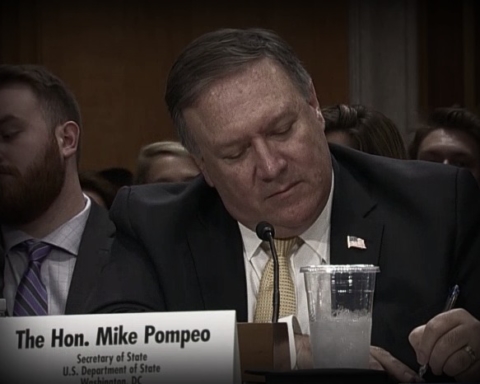Two out of every three cubic meters of natural gas produced in the United States is extracted from the earth via hydraulic fracturing, or “fracking.”
The Energy Information Administration said Thursday that the controversial technique now yields the vast majority of gas produced in the US. In 2010, fracked natural gas accounted for roughly half of all domestic production.
“For decades, hydraulic fracturing had been referred to as an unconventional completion technique, but over the past 10 years it has become the technique by which most natural gas is produced in the United States,” EIA noted. In the year 2000, it added, fracked wells produced only 7 percent of natural gas in the US.
In March, the EIA reported that fracking last year produced more than half of US crude oil for the first time.
The safety of drinking water can be threatened by hydraulic fracturing, through byproducts created in the process.
According to a recent report published by the Government Accountability Office (GAO), federal regulators aren’t doing enough to ensure that water systems aren’t being contaminated by fracking wastewater. GAO found that the Environmental Protection Agency (EPA) hasn’t properly overseen programs designed to protect “underground sources of drinking water.” The investigation noted GAO had found similar problems with EPA reporting and inspection since 2014.
Rules overseeing fracking have been at the center of debate in the Democratic Presidential Primary. In March, former Secretary of State Hillary Clinton said that she wanted stricter oversight of fracking. Sen. Bernie Sanders (I-Vt.) responded by saying he wants to entirely ban the practice.







